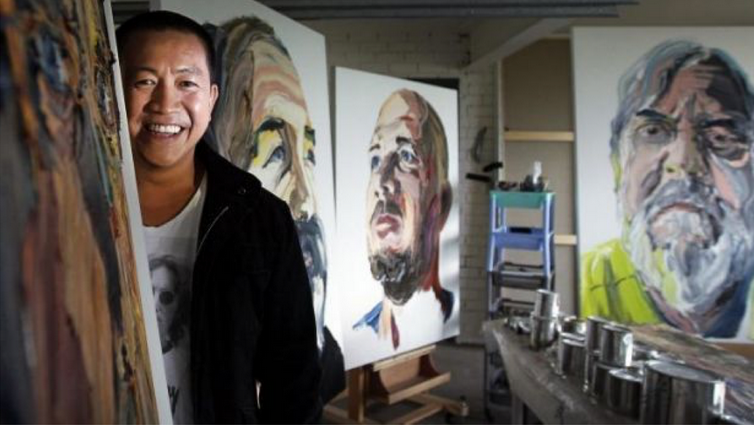It wasn’t until Do was 21 and studying law at the University of Technology, Sydney, that he decided to seek out his father, who was living in Melbourne. He recalls driving through the night for the reunion only to be confronted at the door of his father’s unit by a woman, barely older than Do, with a baby.
“And I figure, ‘Wow, I’ve got this half-brother’,” Do says. “To find that out is confronting.
“I thought to myself, I won’t hang around for long. But I’d driven from Sydney to Melbourne so I thought I’d have a quick bite and I’ll walk away and never come back. Obviously he’s moved on.
“‘Dad’, I said. ‘He’s cute. What’s his name’?”
His father’s reply: “Anh. I named him after you.”
That revelation was a bombshell for Do after so many years of hating his father. “I thought my father had forgotten about me,” he says. “But I realised that he missed me as much as I missed him.”
Do is sitting upstairs in the Illawarra coast home he has made with wife Suzanne and their four children – three-month-old daughter Summer and her older brothers, five-year-old Leon, Luc, 8 and Xavier, 10. Downstairs in a double garage is his studio, impeccably neat and organised with military precision. Four large heads – created with thick swathes of paint lathered on canvas like frosting on a cake – sit on easels around a large table covered in paint-splattered plastic.
Neatly-stacked tubs are filled with chef’s palette knives of varying length and lethalness. Do uses them to apply paint in quick, broad strokes. Stacks of heavy hardcover books about artists such as Rembrandt, Cy Twombly and Pete Doig fill one tabletop, while another is arranged with tins of oil paint. Light and the chill air seeps through sliding doors that look out on the ocean on this stormy winter’s day.

